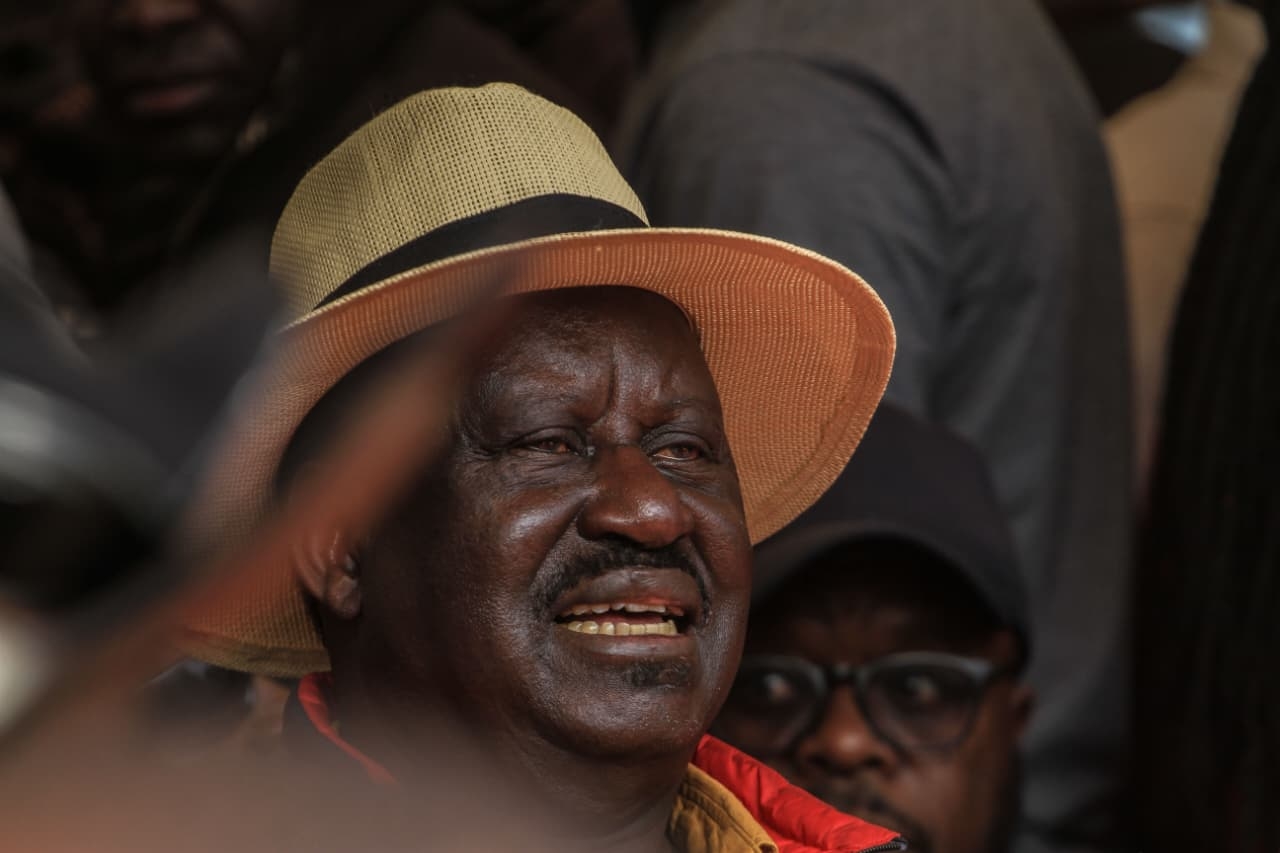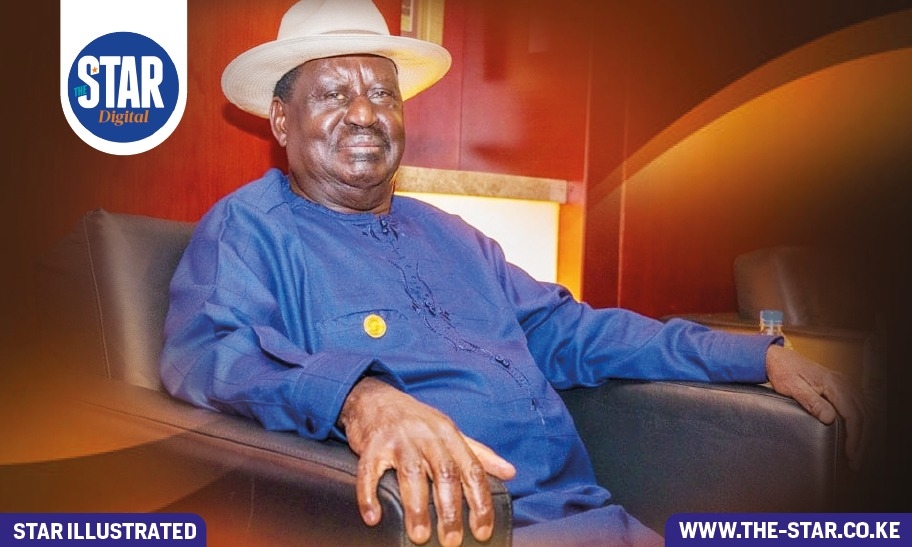

Nearly two decades ago, the Northern
White Rhino stood on the brink of extinction.
Poaching and habitat loss had
decimated their numbers to just four individuals by the early 2000s.
In 2008, the species was declared
functionally extinct in the wild, leaving only a handful in captivity.
But a determined effort led by the
Kenya Wildlife Service (KWS), together with international partners, is
breathing new hope into the fight to save this iconic species.
In 2009, conservationists relocated
the last four northern white rhinos—two males, Sudan and Suni, and two females,
Najin and Fatu—from the Dvůr Králové Zoo in the Czech Republic to Kenya’s Ol
Pejeta Conservancy.
The goal was simple yet daunting: to
give these majestic creatures a chance to thrive in a natural habitat and
hopefully reproduce.
Despite these efforts, natural
breeding failed. Suni died in 2014, and with the death of Sudan in 2018, the
last male Northern White Rhino, the species lost its final hope for natural
reproduction.
This realisation launched one of the
most ambitious conservation projects ever attempted.
Working alongside organisations such
as BioRescue, the Leibniz Institute for Zoo and Wildlife Research in Germany
and Ol Pejeta Conservancy, KWS embraced cutting-edge reproductive technologies
like in vitro fertilisation (IVF) and stem cell research.
On August 22, 2019, a critical
breakthrough was achieved when veterinarians successfully harvested oocytes,
egg cells, from Najin and Fatu.
The procedure was delicate and
risky, requiring general anaesthesia for the ageing rhinos.
Ten eggs were collected, and
scientists began the painstaking process of fertilising them using preserved
sperm from the deceased males.
“The sperm injection, the
fertilisation, the liquid nitrogen, the thawing, this was never done before for
rhinos,” Dr Thomas Hildebrandt, head of the BioRescue project, said.
“All of it could have failed. This
little baby [the embryo] is the proof of everything.”
Early attempts faced setbacks, but
by 2021, three embryos were successfully preserved.
Ethical concerns prompted the team
to retire Najin from egg collection, leaving Fatu as the last hope for
producing viable eggs.
The pace of progress quickened. By
the end of 2024, the team had produced 35 Northern White Rhino embryos,
cryopreserved and stored under precise conditions.
These embryos represent a lifeline
for a species on the brink.
In September 2023, the team achieved
a bittersweet milestone: for the first time, a northern white rhino embryo was
transferred to a southern white rhino surrogate named Curra.
The surrogate became pregnant,
marking an unprecedented success. Tragically, Curra passed away before the pregnancy
could be carried to term.
“The embryo transfer technique is
well established for humans and domesticated animals, but for rhinos, it was
uncharted territory. This proof of concept is a turn of the tide for the survival
of the northern white rhino,” Dr Hildebrandt said.
Jan Stejskal, BioRescue project
coordinator, emphasised the significance of the first successful embryo
transfer as a critical milestone toward the birth of the first northern white
rhino calf through assisted reproduction.
“With this successful embryo
transfer, the team has opened the way to the first northern white rhino calf to
be born through artificial reproduction,” Stejskal said.
“We have mastered the key step to
bring northern white rhino embryos to term using surrogate mothers.”
Justin Heath, CEO of Ol Pejeta
Conservancy, added, “While bittersweet, to have the world’s first pregnancy in
a rhino after a successful embryo transfer on Ol Pejeta is a point of great
pride. We look forward to welcoming future calves under the foothills of Mount
Kenya very soon.”
The journey has been long and
emotional, full of setbacks and breakthroughs.
But the Northern White Rhino
Recovery Project stands today as a symbol of hope, a testament to the resilience
of science, conservation and international collaboration.
“Kenya Wildlife Service is delighted
to have been part of this journey for the last 13 years... This is a great
milestone in the preservation of the northern white rhino genetic lineage,” KWS
Director General Dr Erastus Kanga said.
As the embryos are carefully monitored and new surrogates prepared, the team remains focused on one goal: to see the northern white rhino roam the wild plains of Africa once again, alive and thriving.













